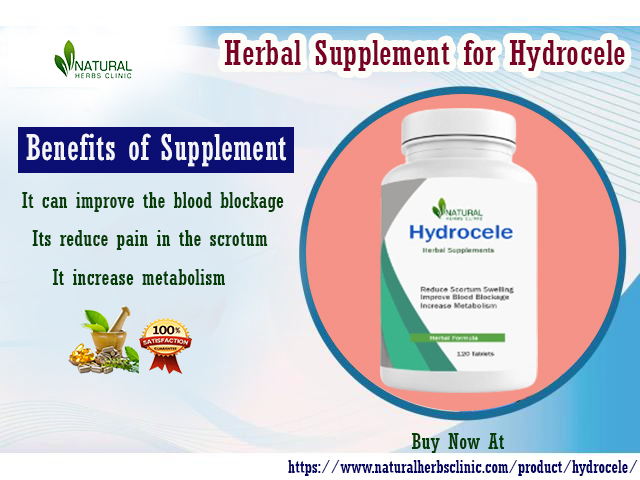Ascites Fluid in the Scrotum: Information about Symptoms to Treatments
Ascites Fluid in Scrotum
Welcome to our informative guide on Ascites Fluid in Scrotum. This condition, also known as Hydrocele, is a common medical condition that affects many men. It occurs when there is an accumulation of fluid in the scrotum, leading to swelling and discomfort. Hydrocele is often confused with other conditions, such as testicular cancer or hernia, but it is a separate and treatable issue. In this guide, we will provide you with all the essential information about Ascites Fluid in Scrotum, including its symptoms, causes, and treatment options.
The most common symptom of Hydrocele is the swelling of the scrotum, which can range from mild to severe. The swelling may be accompanied by pain or discomfort, especially when standing or walking for long periods. It is essential to note that not all cases of scrotal swelling are caused by Ascites Fluid. Other causes may include infections, trauma, or testicular cancer. Therefore, if you experience any of the symptoms of Hydrocele, it is crucial to seek medical advice for an accurate diagnosis.
Ascites Fluid in Scrotum is often a result of a buildup of fluid in the sac that surrounds the testicle. This sac, known as the tunica vaginalis, contains a small amount of fluid that helps to protect and cushion the testicle. When there is an excess production of this fluid or a blockage in its drainage, it can lead to Hydrocele. This condition can affect men of all ages, but it is more prevalent in newborns and older men.
Fortunately, Hydrocele is a treatable condition, and there are various options available depending on the severity and underlying cause. In this guide, we will discuss the different treatment options and their success rates, along with some tips for preventing and managing Hydrocele. So, let's dive in and learn more about Ascites Fluid in Scrotum and how to deal with it.
Hydrocele and its Symptoms
Hydrocele is a condition in which fluid accumulates in the scrotum, usually around the testicle. It is caused by a blockage of the lymphatic system that normally drains fluid away from the testicles. Hydroceles are common and can occur in adults or children. Although hydroceles are often harmless, they can potentially cause discomfort and pain, so it's important to be aware of their symptoms.
The most common symptom of hydrocele is a noticeable swelling in the scrotal sac, which may contain Ascites fluid. This swelling remains even after lying down or changing positions. It may cause discomfort such as pain or itching or heaviness due to its size. Other symptoms include redness, tenderness in the area, and a sensation of fullness.
Causes
Testicular Trauma
Testicular trauma refers to any injury or damage sustained by the testicles, which are the male reproductive organs responsible for producing sperm and hormones. Such injuries can result from various causes, including accidents, sports-related incidents, or physical assaults.
Wrong Dietary Habits
Wrong dietary habits can have a significant impact on overall health and well-being. Unhealthy eating patterns can contribute to various health issues, including obesity, cardiovascular disease, diabetes, and nutritional deficiencies. Here are some common wrong dietary habits and their potential consequences.
Sexual Abuse
Sexual abuse is a traumatic experience involving any non-consensual sexual activity or coercion. It can take various forms, including rape, molestation, harassment, and exploitation. Sexual abuse can occur within relationships, families, institutions, or in the broader community. It is a grave violation of an individual's rights and can have severe and lasting physical, emotional, and psychological consequences.
Sexually Transmitted Infection
A sexually transmitted infection (STI) is an infection that is primarily transmitted through sexual contact, including vaginal, anal, or oral sex. STIs can be caused by bacteria, viruses, or parasites, and they can affect individuals of all ages and backgrounds.
Excessive Production of Fluid in the Sac
Malfunctioned Absorption of Fluid
Symptoms
Pain in the Scrotum
Inflammation of Testicles
Pressure Buildup at the Base of Penis
- Treatment Strategies to Manage the Symptoms of Hydrocele
- Hydrocele is a common condition that occurs when fluid accumulates in the sac surrounding the testicle. This can cause swelling, discomfort, and even pain in severe cases. While hydroceles are usually harmless and do not require treatment, they can be managed effectively with the right strategies. Here are some effective treatment strategies to help manage the symptoms of hydrocele.
-
- Herbal Supplement for Hydrocele
- One of the most popular treatment options for hydrocele is herbal supplements. These supplements are made from natural ingredients and have been used for centuries to treat various health conditions. When it comes to hydrocele, herbal supplements can help reduce swelling and discomfort, and also prevent the recurrence of the condition. One of the most effective Herbal Supplements for Hydrocele is dandelion root. This herb has diuretic properties, which means it can help reduce the fluid buildup in the scrotum. It also has anti-inflammatory properties, which can help reduce swelling and pain. Dandelion root is available in supplement form and can be taken daily to manage the symptoms of hydrocele.
- Herbal Treatment for Hydrocele
- In addition to herbal supplements, there are also Herbal Treatment for Hydrocele. These treatments involve the use of herbal oils and poultices that are applied directly to the scrotum. The most commonly used herbs for hydrocele treatment include turmeric, aloe vera, and ginger. Turmeric is known for its anti-inflammatory and antioxidant properties and can help reduce swelling and discomfort in the scrotum. Aloe vera has cooling and soothing properties, which can help alleviate pain and discomfort. Ginger, on the other hand, has analgesic properties and can help relieve pain and discomfort in the scrotum.
- Natural Remedies for Hydrocele
- Aside from herbal treatments, there are also several Natural Remedies for Hydrocele that can help manage the symptoms of hydrocele. One of the most effective natural remedies is wearing supportive underwear. This can help reduce pressure on the scrotum and prevent fluid buildup. You can also try using a scrotal support, which is a specially designed garment that provides support and reduces discomfort in the scrotum. In addition, making dietary changes can also help manage the symptoms of hydrocele. Avoiding salty and processed foods can help reduce fluid retention in the body, which can contribute to hydrocele. Instead, opt for a diet rich in fruits, vegetables, and whole grains, which can help improve overall health and reduce the risk of developing hydrocele. While hydrocele may not require treatment, managing the symptoms can greatly improve quality of life. From herbal supplements and treatments to lifestyle changes and natural remedies, there are several effective strategies that can help manage the symptoms of hydrocele. Consult with your doctor to determine the best treatment approach for your specific condition.
- Warm Compress
- Applying a warm compress to the scrotum can also provide relief from the symptoms of hydrocele. The warmth can help reduce swelling and discomfort, and also improve blood flow to the affected area. You can make a warm compress by soaking a clean towel in warm water and applying it to the scrotum for 10-15 minutes. Repeat this several times a day for best results.
- Lifestyle Changes
-
In some cases, lifestyle changes can also help manage the symptoms of hydrocele. If you have a sedentary lifestyle, it's important to incorporate some physical activity into your daily routine. This can help improve blood flow and prevent fluid buildup in the scrotum. Additionally, avoiding activities that put pressure on the scrotum, such as heavy lifting, can also help manage the symptoms of hydrocele.




Comments
Post a Comment